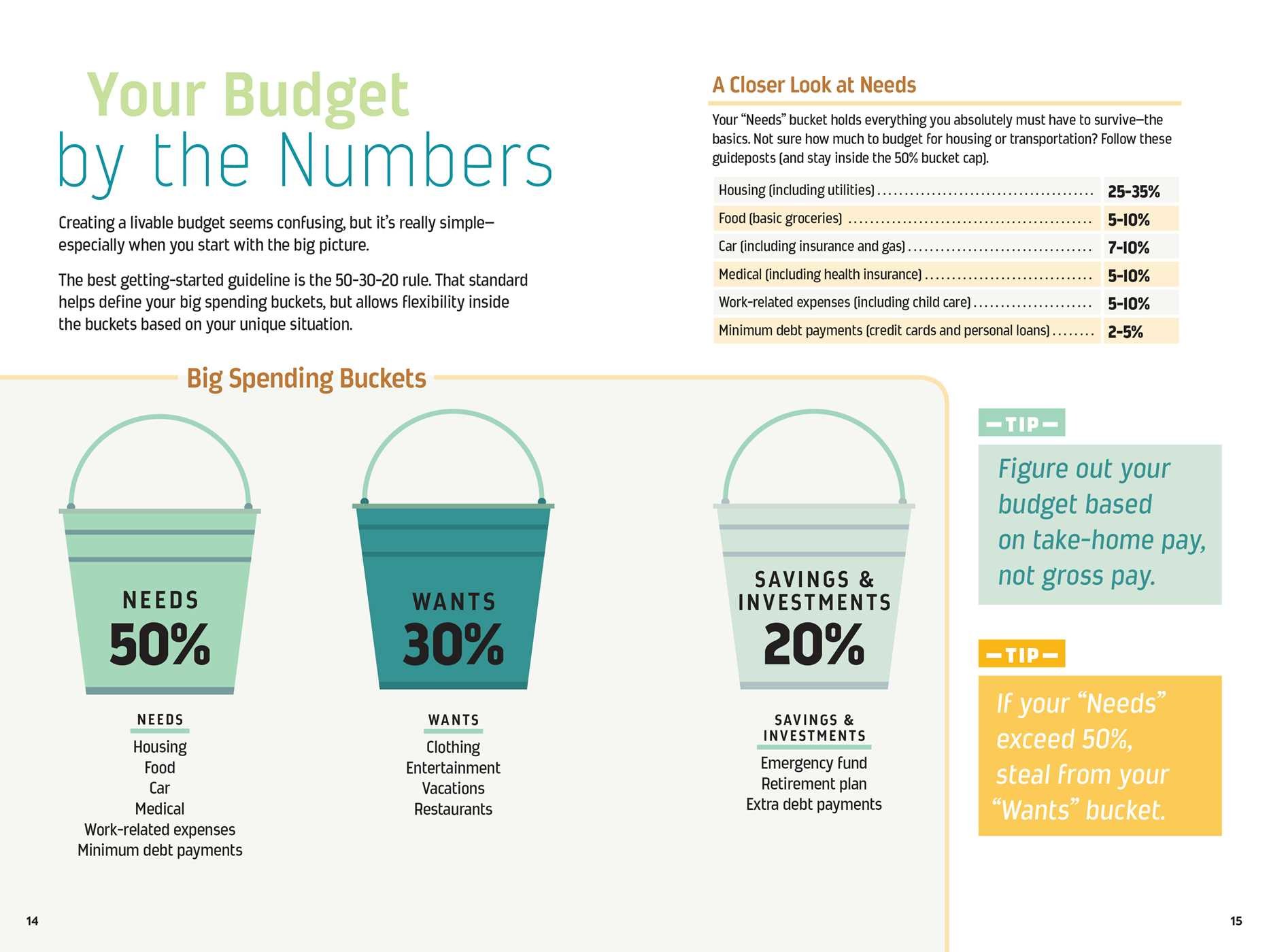The Worker Retention Tax Debt: A Comprehensive Guide For Business Owners

Article writer-Webster Walters
Picture you're a captain of a ship, navigating through rough waters. Your staff is your lifeline, as well as you need them to maintain the ship afloat. Yet what takes place when some of your staff members start leaping ship? You're entrusted a skeletal system crew, having a hard time to maintain the ship progressing.
https://www.china-briefing.com/news/recruiting-in-the-post-covid-era-strategies-for-attracting-and-retaining-talent-in-asia/ is the fact for lots of business owners during the COVID-19 pandemic. The Worker Retention Tax Credit Score (ERTC) is a lifeline for companies having a hard time to keep their team intact.
The ERTC is a tax debt program created to help organizations keep their staff members during the pandemic. It's a lifeline for businesses that are having a hard time to keep their doors open as well as their workers on the payroll.
As a business owner, you need to comprehend the essentials of the ERTC, including qualification needs as well as exactly how to determine and assert the credit on your tax return. In this thorough overview, we'll walk you via whatever you require to learn about the ERTC, so you can maintain your team intact as well as your business afloat.
The Fundamentals of the Employee Retention Tax Obligation Credit Scores Program
So, you're a company owner seeking a method to keep your employees and save money? Well, let me inform you regarding the basics of the Employee Retention Tax obligation Credit program âEUR" it may simply be the response you've been searching for.
The Worker Retention Tax Obligation Credit report is a refundable tax credit scores that was introduced as part of the CARES React to the COVID-19 pandemic. This debt is developed to aid qualified companies keep their employees on payroll, even throughout periods of financial challenge.
To be qualified for the Employee Retention Tax Credit, your business has to satisfy specific standards. First, your organization needs to have experienced a substantial decrease in gross invoices, either as a result of a federal government order or since your company was straight impacted by the pandemic.
Additionally, if your service has greater than 100 staff members, you can just claim the credit scores for earnings paid to employees that are not offering solutions. For businesses with 100 or less workers, you can declare the credit score for incomes paid to all workers, despite whether they are providing solutions or not.
By making the most of the Worker Retention Tax Credit rating, you can conserve money on your payroll taxes as well as aid maintain your workers on payroll during these unsure times.
Qualification Requirements for the ERTC
To get the ERTC, your business must fulfill specific standards that make it qualified for this important opportunity to conserve money and enhance your bottom line. Think of the ERTC as a golden ticket for qualified services, providing them with a chance to open considerable cost savings as well as incentives.
To be qualified, your organization should have experienced a substantial decline in gross receipts or been fully or partially suspended because of government orders associated with COVID-19. In addition, your service has to have 500 or fewer workers, as well as if you have greater than 100 employees, you must show that those staff members are being spent for time not worked because of COVID-19.
It is very important to note that the ERTC is offered to both for-profit as well as nonprofit organizations, making it an available option for a large range of entities. By satisfying these qualification demands, your organization can take advantage of the ERTC and reap the benefits of this important tax obligation debt program.
Exactly how to Compute and Declare the ERTC on Your Tax Return
You're in luck due to the fact that computing and asserting the ERTC on your tax return is a straightforward process that can help you save money and increase your bottom line. Here are the steps you need to take to assert the credit score:
1. Establish your eligibility: Before you can compute the credit history, you need to make sure that you meet the qualification needs. See our previous subtopic for more details on this.
2. Calculate the credit quantity: The amount of the credit history is equal to 70% of the qualified wages paid to employees, approximately a maximum of $10,000 per worker per quarter. To determine the credit rating, increase the professional earnings paid in the quarter by 70%.
3. Declare the credit rating on your income tax return: The credit scores is claimed on internal revenue service Type 941, Company's Quarterly Federal Tax Return. You will need to total Part III of the kind to claim the debt. If the credit scores surpasses your payroll tax obligation obligation, you can ask for a reimbursement or apply the excess to future payroll tax obligation responsibilities.
By complying with these actions, you can take advantage of the ERTC and save cash on your tax obligations. Make certain to seek advice from a tax obligation specialist or make use of IRS resources for additional guidance on asserting the credit report.
Final thought
So there you have it - a total overview to the Worker Retention Tax obligation Credit score program for local business owner. By now, you must have a respectable understanding of what the program is, who's eligible for it, and also how to determine as well as claim the credit history on your income tax return.
linked website to note: as of April 2021, the internal revenue service reported that over 100,000 services had actually asserted greater than $10 billion in ERTC credits. This goes to reveal simply how advantageous this program can be for companies influenced by the COVID-19 pandemic.
If https://squareblogs.net/kyra96margo/top-errors-to-avoid-when-requesting-the-staff-member-retention-tax-obligation haven't already, it's most definitely worth considering whether you get approved for the ERTC as well as benefiting from this financial support to assist keep your company afloat throughout these tough times.

